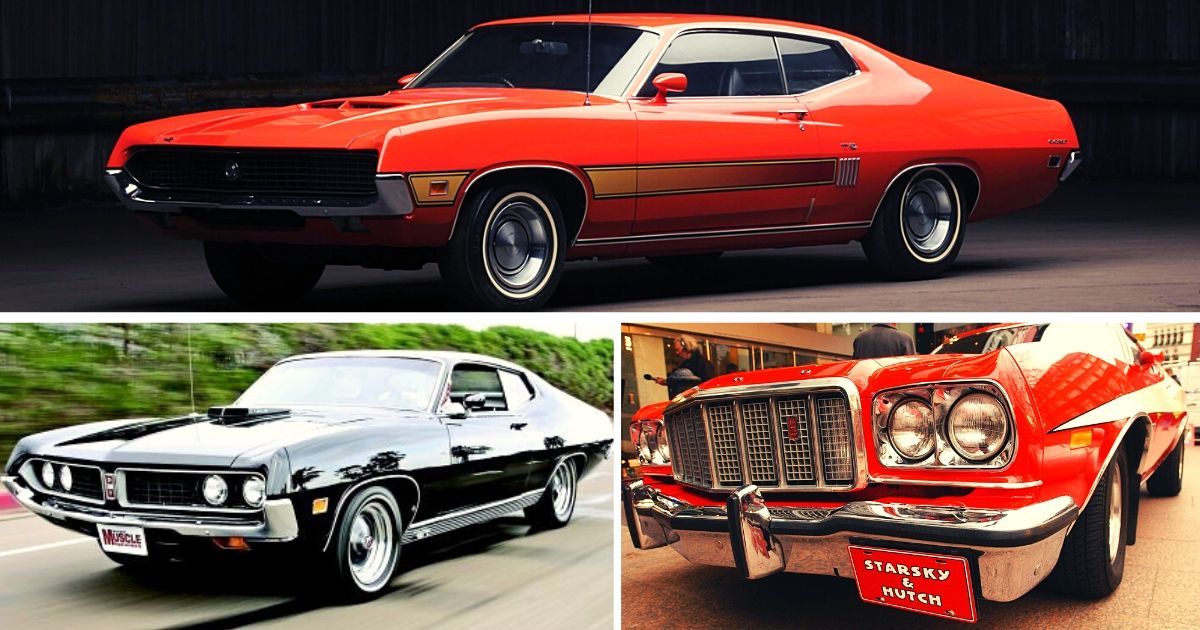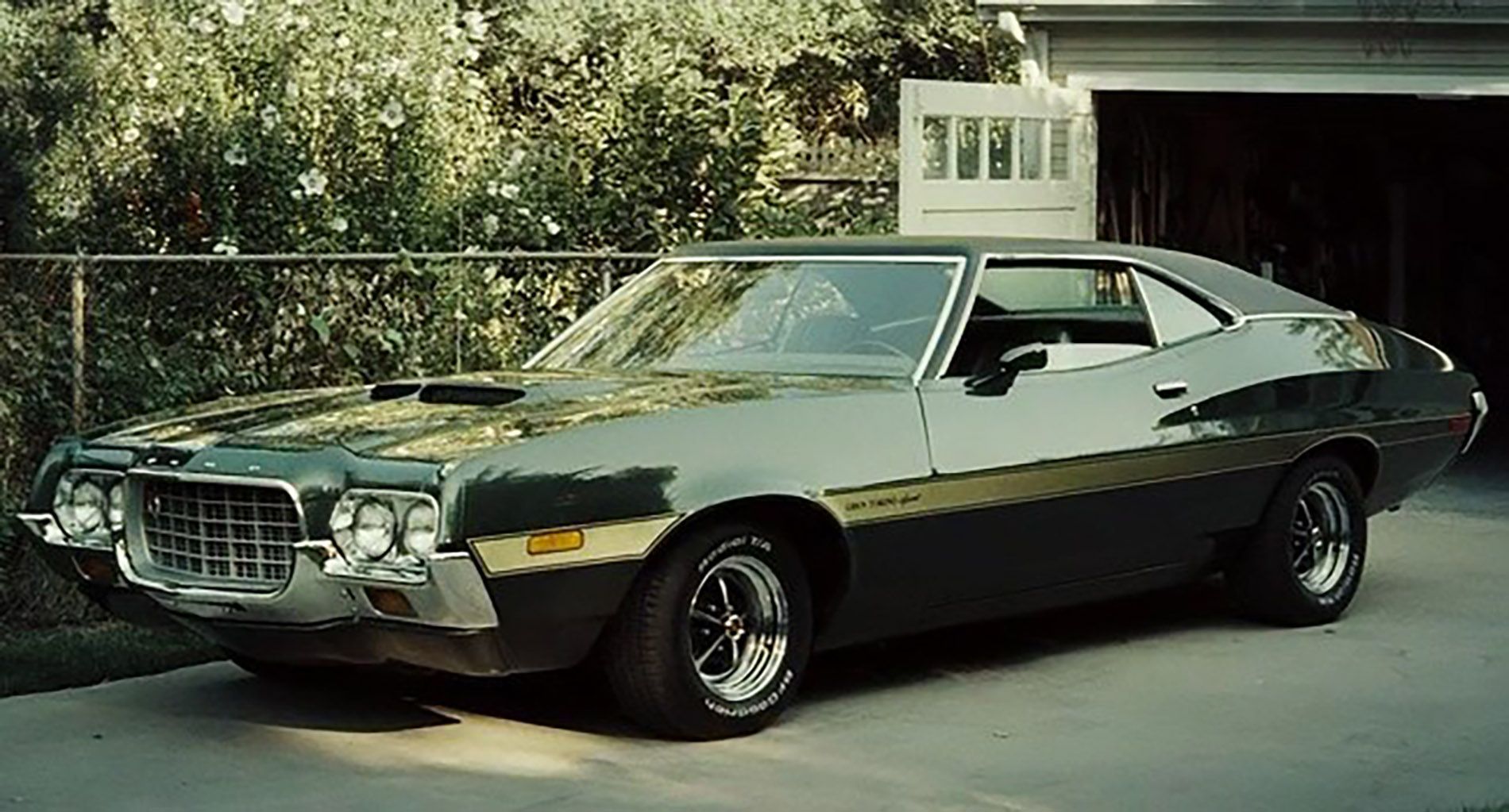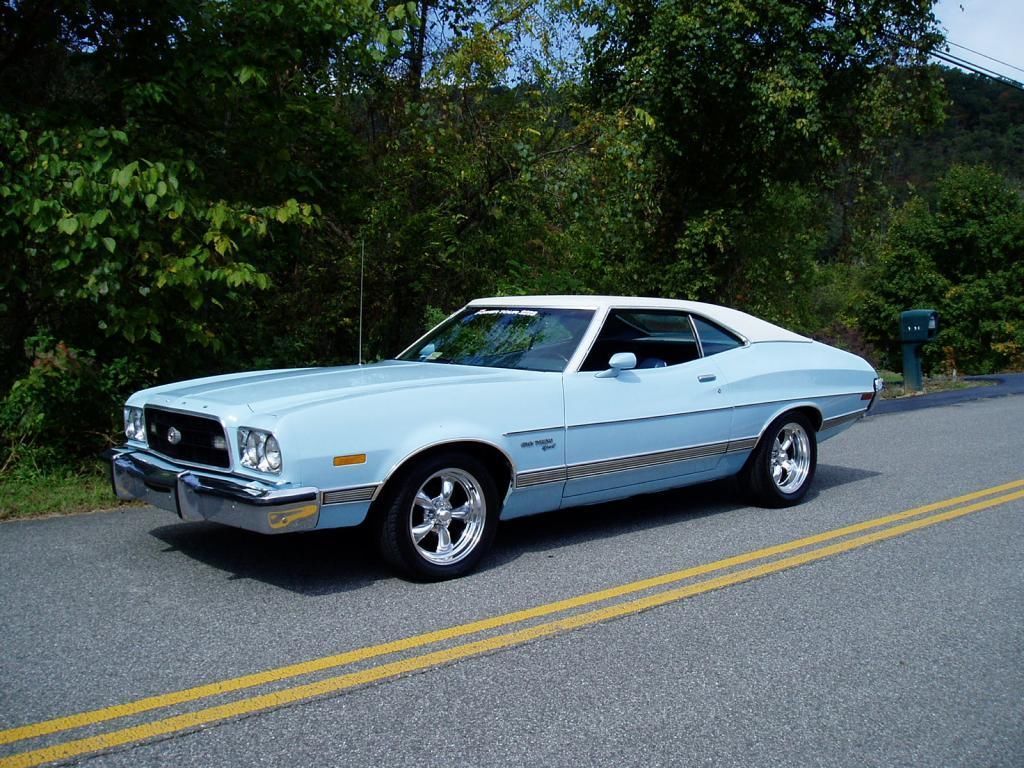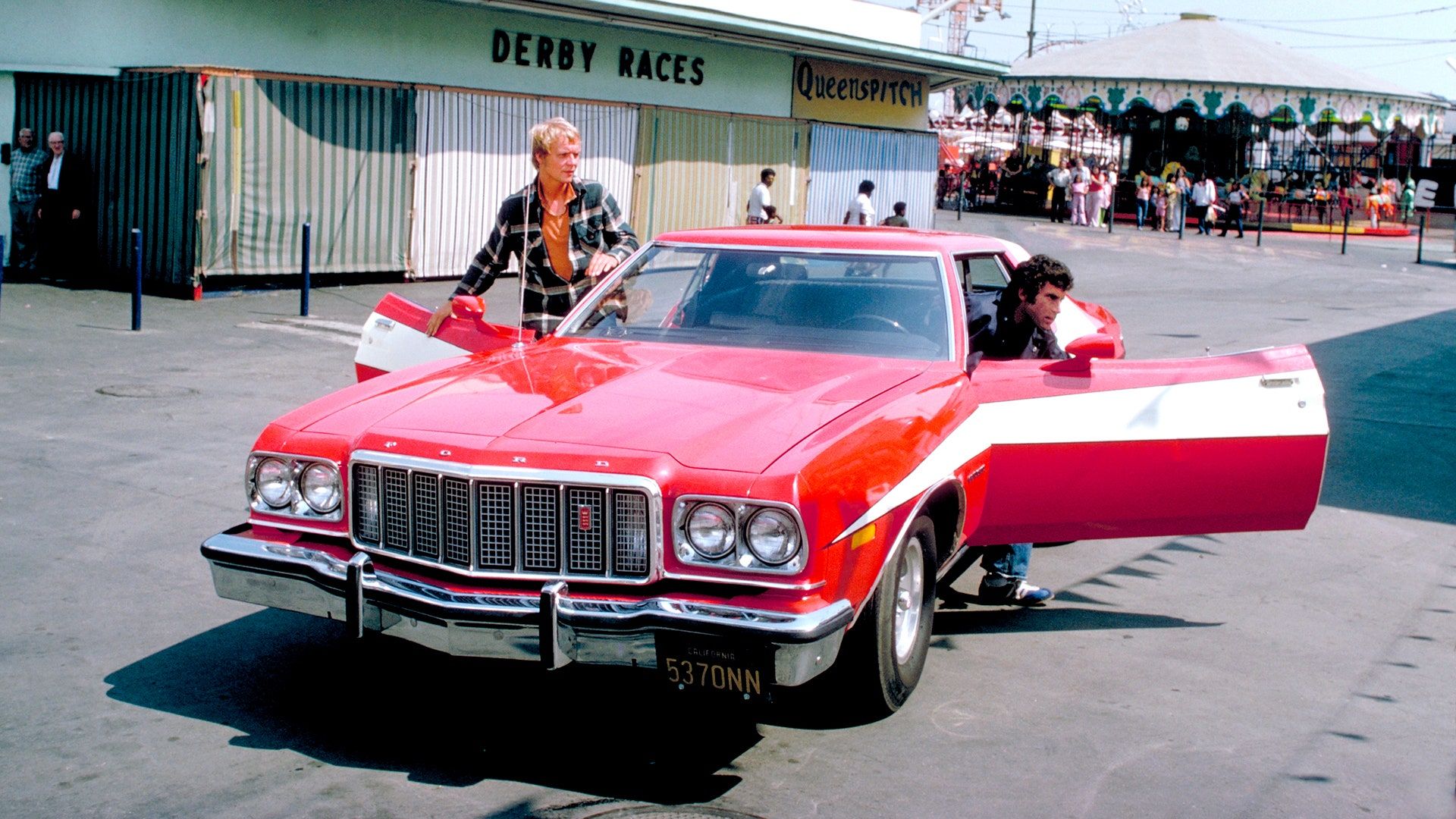First unveiled in 1968 at the height of the muscle car craze, the Ford Torino was designed to replace the Ford Fairlane and compete with other mid-size muscle cars. Like many mid-size cars of this era, the Torino had a long hood, a blocky front end, and a short slopping deck. Along with stunning good looks, the Torino had engine options that could deliver a lot of raw power and speed.
In 1972, Ford released the Torino in three trim levels, the Torino, the Gran Torino and the Gran Torino Sport. The Gran Torino Sport was supposed to be the successor to the Torino GT, the sportiest model of Torino that came with a hood scoop and a 302 Ford Small Block V8. When paired with the Ford 385 series V8, the GT could go from 0 to 60 in 6.4 seconds. But what started out as an exciting sequel to the GT soon became a slow and bulky luxury car.
Although the Torino declines in performance in the 1970’s, the first generation of Gran Torino Sport still stayed true to its muscle car roots. It still used the 302 small block V8 and there was even the option to upgrade to a 351CJ-4V or 429-4V which allowed for a 6.9 second 0 to 60. To give the Sport better handling and control, they upgraded the suspension. All in all, the 1972 Gran Torino was well received by customers and car critics alike.
What Went Wrong
By 1973, new government regulations forced many car companies to redesign their vehicles, and the Torino was no exception. One of the most notable changes to the Gran Torino Sport for 1973 was its large front and rear bumpers. This came as a direct result of a law passed in 1972 which required all new cars to be able to withstand a 5mph collision in the front and 2.5mph in the rear without damaging safety-related components. To meet new EPA emission regulations, Ford decreased the compression ratio and power delivered by all the Torino’s engine options. The combination of added weight meant the Gran Torino Sport’s 0 to 60 increased to 7.7 seconds. But overall, people still appreciated its comfortable ride and handling that was comparable to luxury cars.
The End of The Gran Torino Sport
In 1974, the Torino got even longer and heavier. In order to meet the demands of this larger body, the 302 small block became the standard engine and the 351 was left as the only performance engine. With new concerns about rising gas prices and increasingly strict emission standards, Ford decided to focus less on muscle and more on making the Gran Torino Sport feel more luxurious.
In 1975, the Gran Torino Sports lost even more power due to the mandatory installation of the catalytic converter, and sales dropped off precipitously. In 1976, the Torino line was completely discontinued, but its chassis would continue to be used in cars like the Thunderbird and the LTD.
At the end of the day, the changes Ford made to the Torino to meet new emission standards just weren’t good enough. It was still a very large car with low gas mileage, and by the late 1970’s, there were plenty of compact and efficient cars to choose instead. But it is also important to note that Torino’s from the 1974-76 era have gotten the most screen time. In the four year run of the TV crime drama Starsky and Hutch, the duo drove a red and white 1975 Gran Torino that they nicknamed “the striped tomato”. In the 2004 movie version, Starsky and Hutch drive a 1974 Gran Torino with the same paint job.




